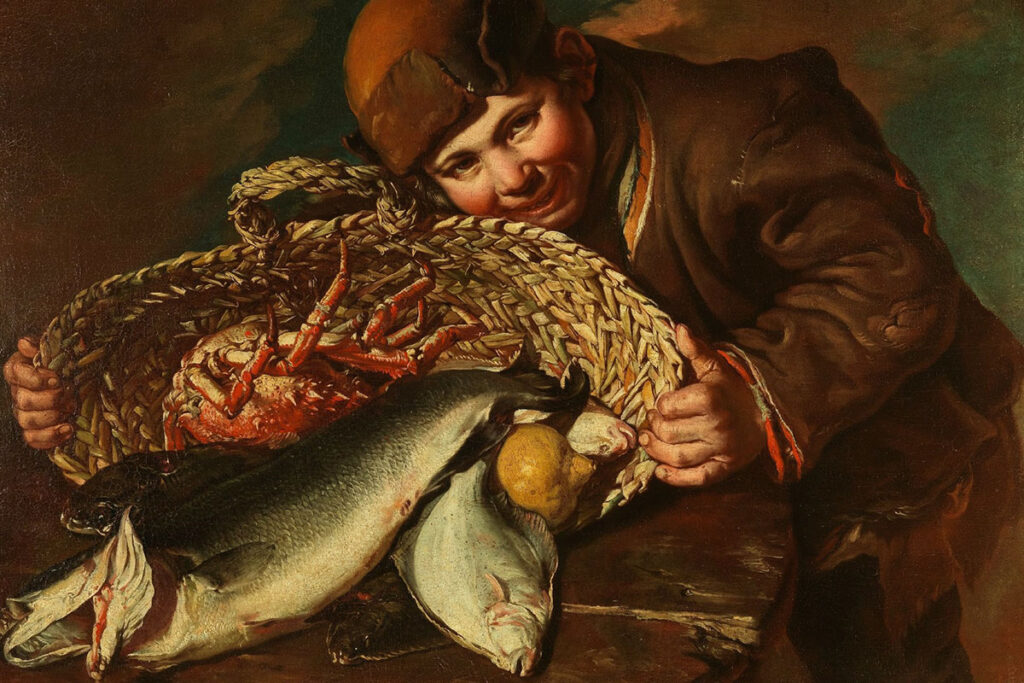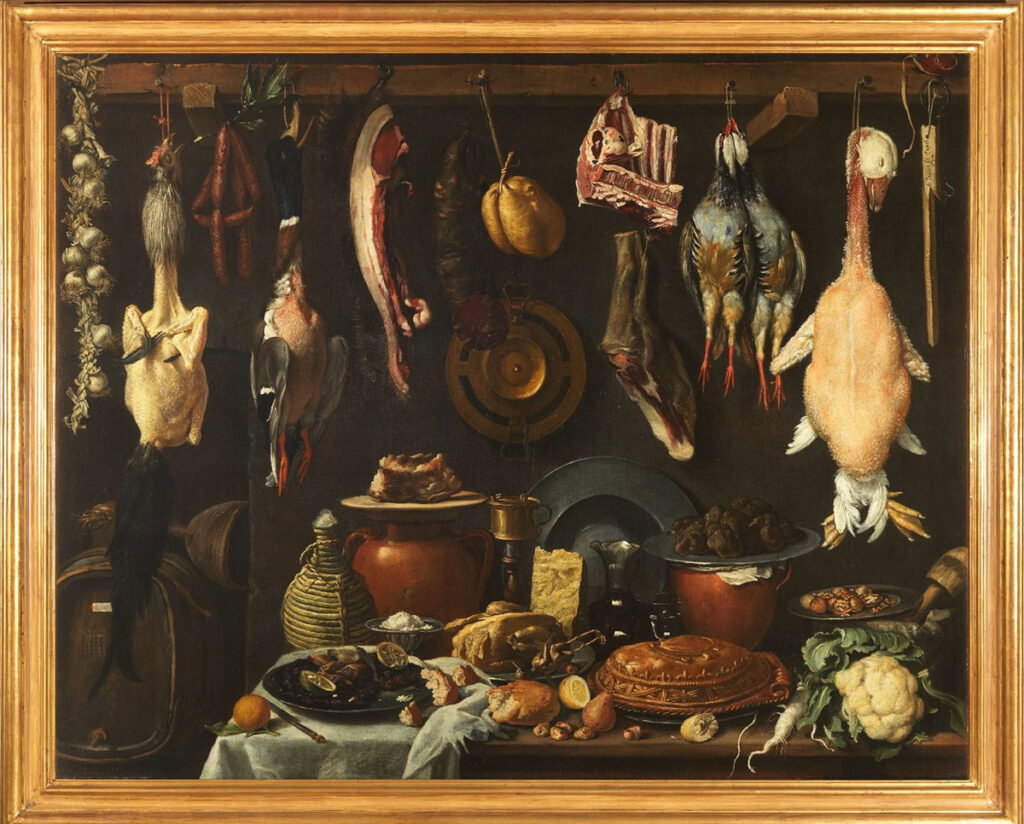Home to a compendium of masterpieces and a sight for wonder, the Uffizi Gallery is a prominent art museum in the Florentine region of Tuscany, Italy. Renowned for its stunning collection of artistic treasures and ancient Greek and Roman sculptures, this year, the art of cooking takes center-stage at the gallery.
The Uffizi Gallery is launching a new video series called ‘Da Mangiare’ (To Eat), to celebrate the history behind the immaculate gastronomy displayed through ancient paintings. Each week, the museum will collaborate with a world-famous gourmet chef to bring the gallery’s collection of artworks to life with a zest of color and flavor. Aired on the gallery’s Facebook page, the chefs will not only interpret a painting, but also design or create a recipe using the ingredients pictured, and guide viewers through the cooking process for each dish. The series will feature the likes of Chefs Fabio Picchi, Dario Cecchini and Valeria Piccini deciphering the artworks of Caravaggio, Chimenti, De Chirico and many other great artists, while sharing their cooking knowledge, skills and techniques.
This initiative strives to illustrate and deepen the intimate connection between the art of painting and gastronomy. According to Eike Schmidt, the director of the Uffizi Gallery, in the last few decades, the link between art and food has become a real science. The gallery’s intent in these videos is to form a deeper connection with the artworks by placing them in a current context and bring forward, deep and hidden messages portrayed by the artists. Episodes are set to continue into spring.
Let’s take a sneak peek at what’s returning to the table from the medieval era:
The Boy with a Basket of Fish by Giacomo Ceruti
In the first episode, Chef Fabio Picchi interprets “The Boy with a Basket of Fish” by Giacomo Ceruti, an 18th century Lombard painter. The painting depicts a young boy with a basket of spider crab and seabass. In his video, Chef Fabio notes that the white delicate fish and the brown-red crustacean, hold strong flavors, and are not paired well with too many condiments. His creation is a simple recipe for his homemade mayonnaise made with six egg yolks, salt, oil from the Florentine hills, lemon juice and a glass of cold water.

The Boy with a Basket of Fish by Giacomo Ceruti. (Photo: Italian Insider)
The Pantry by Jacopo Chimenti
Renowned butcher of Chianti and “poet of the steak”, Dario Cecchini opened his kitchen doors to discuss “The Pantry” by Jacopo Chimenti, also known as Empoli. The painting illustrates typical foods eaten in a wealthy Tuscan household during the first decade of the 17th century – game, meat, salami, pig’s head and trotter, calf’s head, turkey, poultry and other foods. This inspired Chef Cecchini to conjure up a wonder of Florentine cuisine – the rib-eye steak. He offers the sacred ritual of cooking the Florentine steak on a great fire while grilling rib-eye over chunks of oak and holm oak. To quote Chef Cecchini, ”The dish requires no other ingredient other than the meat and fire”.

The Pantry by Jacopo Chimenti. (Photo: Italian Insider)
The series airs on the gallery’s website, Facebook page and YouTube channel (with English subtitles) and can be viewed on-demand from any part of the world. Featuring art, gastronomy and historical investigation all mixed into one, catch these renowned chefs as they pay homage to historical art pieces in this 3-in-1 digital campaign.








